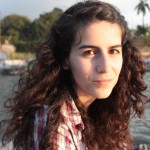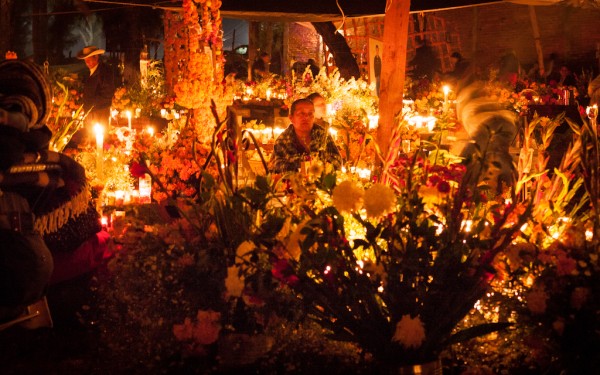ONCE A MONTH, MatadorU faculty members get together to spotlight one standout student from a pool of faculty- and student-nominated weekly selections.
MatadorU Travel Writing and Travel Photography student Ana Lenz was selected as our very first Student of the Month for 2014. We sat down with her recently to learn more about about her experience taking both the Writing and the Photography courses concurrently, and the unique set of challenges she faces as a student for whom English isn’t her native language.


